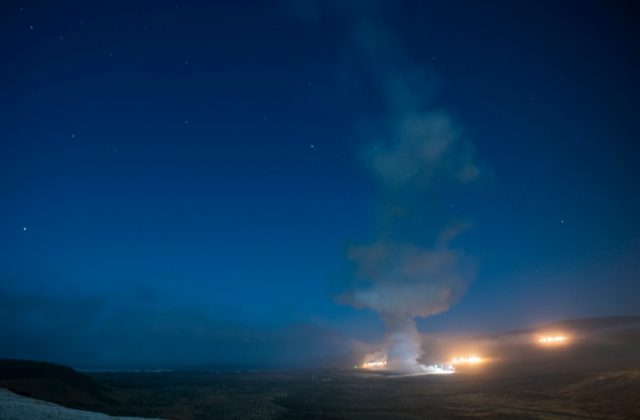
A team of US Air Force Global Strike Command Airmen and Navy sailors have launched an unarmed Minuteman III intercontinental ballistic missile equipped with three test reentry vehicles from aboard the Airborne Launch Control System (ALCS) aircraft.
The missile was launched at 12:21 a.m. Pacific Time Aug. 4 from Vandenberg Air Force Base, California.
Airmen from the 625th Strategic Operations Squadron out of Offutt Air Force Base, Nebraska, were aboard the US Navy E-6 aircraft that is equipped with the ALCS system.
According to the air force, the ICBM’s three reentry vehicles traveled approximately 4,200 miles to the Kwajalein Atoll in the Marshall Islands. These test launches verify the accuracy and reliability of the ICBM weapon system, providing valuable data to ensure a continued safe, secure and effective nuclear deterrent.
“The flight test program demonstrates one part of the operational capability of the ICBM weapon system,” said Col. Omar Colbert, 576th Flight Test Squadron commander. “The Minuteman III is 50 years old, and continued test launches are essential in ensuring its reliability until the 2030s when the Ground Base Strategic Deterrent is fully in place. Most importantly, this visible message of national security serves to assure our allies and dissuade potential aggressors.”
Airmen from the 90th Missile Wing were selected to support the test launch. However, due to current COVID-19 travel restrictions, crewmembers from the 576 FLTS supported the launch with alert crews and an operational crew for the night of the launch. This demonstrates that even during the pandemic, Air Force Global Strike Command maintains various levels of redundant capability to assure a national deterrent.
The air force global strike command noted the launch was not related to any events in the world as calendars are built three to five years in advance, and planning for each individual launch begins six months to a year prior to launch.


























